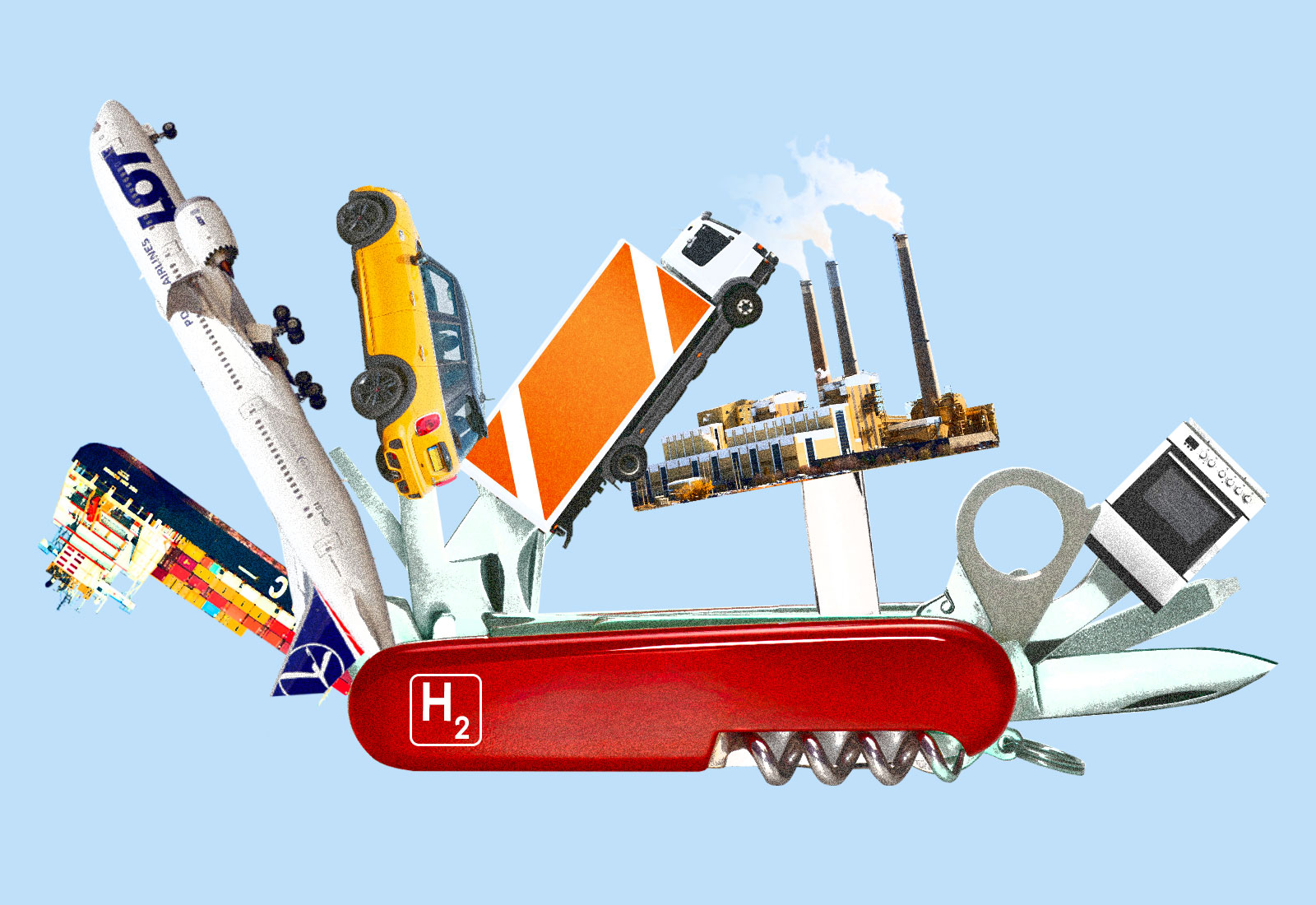Measuring the levels of 184 fat molecules in the blood could improve how we assess people’s risk of developing diabetes and cardiovascular disease
Health
3 March 2022
By Carissa Wong
Low-density lipoprotein particles in the blood transport fats ANIMATED HEALTHCARE LTD/SCIENCE PHOTO LIBRARY
The levels of 184 fat molecules in the blood can help to predict those at highest risk of developing type 2 diabetes and cardiovascular disease, years before symptoms appear.
Doctors currently assess the risk of these conditions by measuring people’s body mass index, blood pressure, levels of cholesterol and blood sugar. Certain genetic profiles have also been linked to disease risk.
“We show how [measuring blood fat concentrations] can expand our toolkit for early detection of individuals at high risk of developing diabetes and cardiovascular diseases,” Chris Lauber at Lipotype GmbH, a biotech company in Germany, said in a press release.
Join us for a mind-blowing festival of ideas and experiences. New Scientist Live is going hybrid, with a live in-person event in Manchester, UK, that you can also enjoy from the comfort of your own home, from 12 to 14 March 2022. Find out more.
Lauber and his colleagues analysed data on around 4000 people who took part in a previous study that ran from 1991 to 2015 in Sweden. Their blood samples were analysed with a mass spectrometer to measure the levels of 184 fats – also known as lipids.
The team used this information to first train computer models to make links between either type 2 diabetes or cardiovascular disease and the lipid concentrations in two-thirds of people at the start of the original study.
They used the models to calculate disease risk scores from lipid levels in the remaining third of people who weren’t included in the training data set. They found that the 10 per cent of people predicted by the new approach to be at highest risk of type 2 diabetes had a 168 per cent higher rate of the disease, compared with the average rate across the study group.
Meanwhile, the 10 per cent of people predicted to be at highest risk of cardiovascular disease had an 84 per cent higher rate of this illness compared with the average rate across all the participants.
The analysis revealed that predicting disease risk based on fat profiles was more accurate than using genetic data, and using them in combination slightly improved the results compared with using the lipid profile alone.
“We need multiple ways to capture the risk [of type 2 diabetes and cardiovascular disease] in a precise manner for an individual. Risk scores [calculated from fat profiles] may well turn out to be a new and efficient tool for prevention of these diseases with great societal burden,” says Samuli Ripatti at the University of Helsinki in Finland.
More studies are needed to confirm the results and establish whether these fats in the blood cause disease themselves, or reflect other changes to body metabolism that lead to disease.
The mass spectrometers used to measure lipid profiles are available in some clinical labs, but further work may also make it possible to measure blood fats more widely.
“The challenge now is to develop a platform that can translate these exciting findings into a clinical test,” says Peter Meikle at the Baker Heart and Diabetes Institute in Melbourne, Australia.
Journal reference: PLoS Biology , DOI: 10.1371/journal.pbio.3001561
More on these topics:
Note: This article have been indexed to our site. We do not claim legitimacy, ownership or copyright of any of the content above. To see the article at original source Click Here













